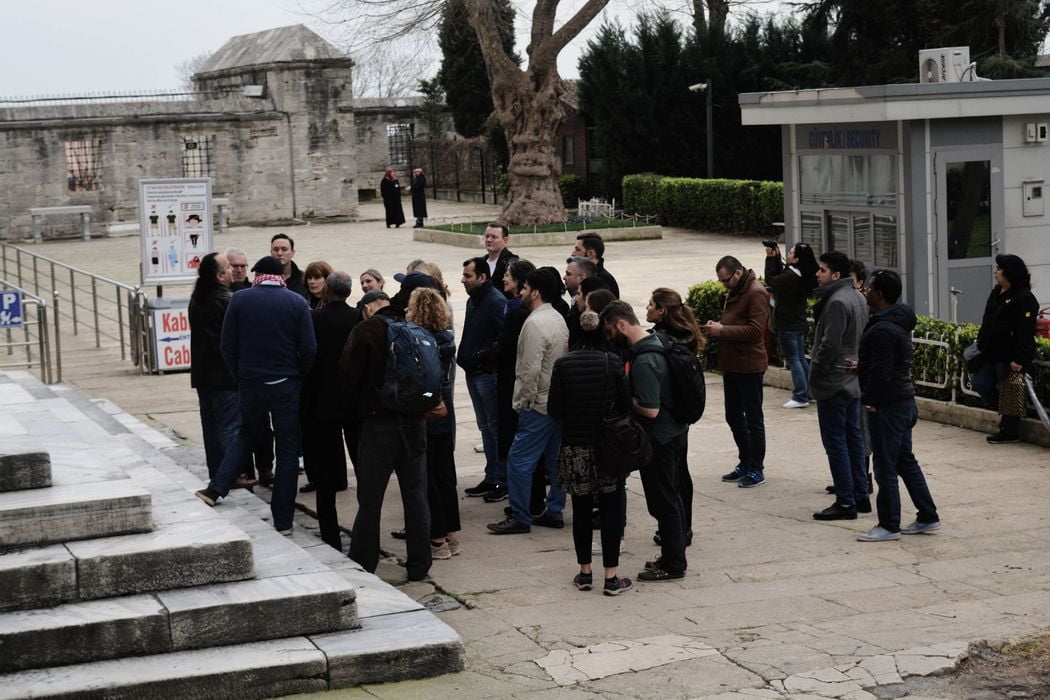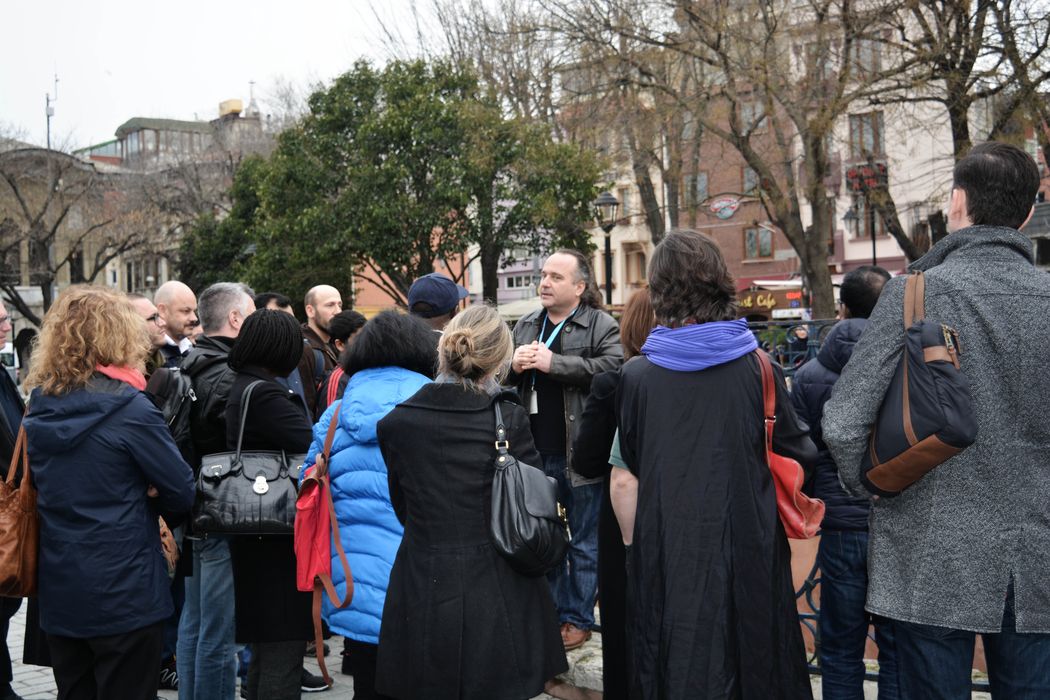Ibn Battuta continues to travel in the lands along the Niger, but then returns to Morocco, re-crossing the Sahara. He arrives in Fez in December of 1355.
Ibn Battuta ends his long and many travels.
I arrived at the royal city of Fa’s [Fez], the capital of our master the Commander of the Faithful (may God strengthen him), where I kissed his beneficent hand and was privileged to behold his gracious countenance. [Here] I settled down under the wing of his bounty after long journeying. May God Most High recompense him for the abundant favours and ample benefits which he has bestowed on me; may He prolong his days and spare him to the Muslims for many years to come.
Here ends the travel-narrative entitled “A Donation to those interested in the Curiosities of the Cities and Marvels of the Ways.” Its dictation was finished on 3rd Dhu’l-hijja 756 [December 9, 1355]. Praise be to God, and peace to His creatures whom He hath chosen.
This is the end of Ibn Battuta’s book of travels
Theodoros Skoutariotes:
from the Synopsis Chronika:
The Emperors of the 11th Century
Theodoros Skoutariotes was member of a circle of educated men around emperor Theodoros II Laskaris (1254-1258). He was metropolitan (bishop) of Kyzikus and during the reign of Michael VIII Palaiologos (1258-1282) he took to part in the movement for the unification of the churches. Because of his western-oriented beliefs Michael VIII’s successor, Andronikos II Palaiologos (1282-1328) removed him from his episcopal throne.
Skoutariotes’ work is a chronicle from the creation of the world up to 1261. It survives, without head name, in Codex 487 of the Marcian Library in Venice, and is better known by the name of its publisher as the Synopsis Sathas. The text translated here is from Konstantine Sathas, Messaioniki Bibliothiki, vol. VI , pages 159-167.
The text here consists of a series of short notices on the Roman [Byzantine] emperors from the death of Basil II [1025] until the reign of Romanos IV Diogenes [1067-71]. In other words the period during which the Roman Empire declined from its medieval peak of military power to the point at which it was defeated by the Seljuq Turks at the Battle of Mantzikert in 1071.
While the Empire remained politically and militarily significant for another century, and culturally creative long beyond that, 1071 marks a real turning point in Byzantine history. The period is also covered, at more length and more discursively, by Michael Psellos in his Chronographia [published in a translation by E.R.A. Sewter as Fourteen Byzantine Rulers]. Despite its title, Psellos work is an example of the Byzantine genre of history-writing: Skoutariotes’ work in contrast belongs to the world-chronicle genre and apart from its intrinsic interest provides a good basis to compare the two approaches.
In addition to the text of Skoutariotes for the period, five passage from Michael Psellos’ and Michael Attaliates’ accounts of these emperors are appended.
Read More about Ibn Battuta part 13








